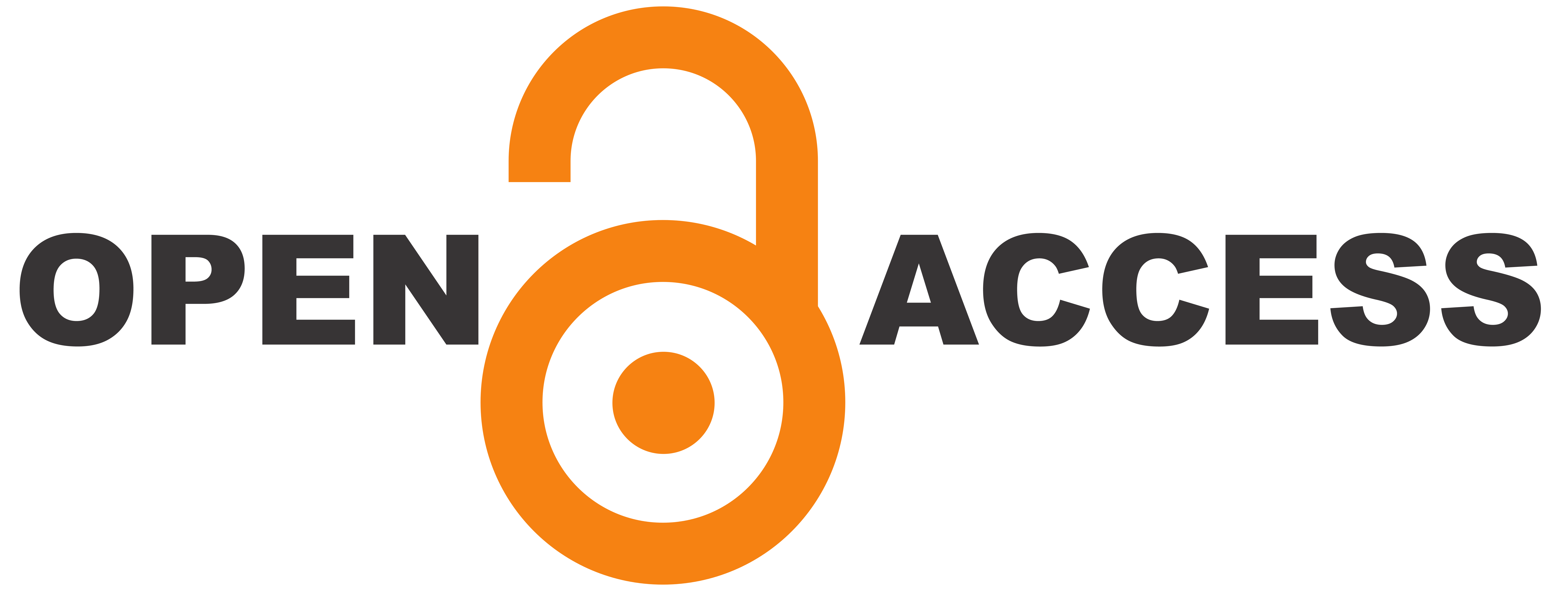A High Voltage Gain Boost Converter: Concept of DC Power Transfer Using Mutual Inductors
Abstract
Keywords
Full Text:
PDFReferences
Y. P. Hsieh, J. F. Chen, T. J. Liang and L. S. Yang, “Novel High Step-Up DC–DC Converter for Distributed Generation System”, IEEE Transactions on Industrial Electronics, Vol. 60, Issue No. 4, April 2013, pp. 1473-1482. Doi: doi: 10.1109/TIE.2011.2107721
O. Cornea, G. D. Andreescu, N. Muntean and D. Hulea, “Bidirectional Power Flow Control in a DC Microgrid Through a Switched-Capacitor Cell Hybrid DC–DC Converter”, IEEE Transactions on Industrial Electronics, Vol. 64, Issue No. 4, April 2017, pp. 3012-3022. Doi: 10.1109/TIE.2016.2631527
D. D. C. Lu, D. K. W. Cheng, and Y. S. Lee, “A Single-Switch Continuous-Conduction-Mode Boost Converter With Reduced Reverse-Recovery and Switching Losses”, IEEE Transactions on Industrial Electronics, Vol. 50, Issue No. 4, August 2003, pp. 767-776. Doi: 10.1109/TIE.2003.814989
C. Álvarez-Mariño, F. de León, and X. M. López- Fernández, “Equivalent Circuit for the Leakage Inductance of Multiwinding Transformers: Unification of Terminal and Duality Models”, IEEE Transactions on Power Delivery, Vol. 27, Issue No. 1, January 2012, pp. 353-361. Doi: 10.1109/TPWRD.2011.2173216
F. de León and J. A. Martinez, “Dual Three-Winding Transformer Equivalent Circuit Matching Leakage Measurements”, IEEE Transactions on Power Delivery, Vol. 24, Issue No. 1, January 2009, pp. 160-168. Doi: 10.1109/TPWRD.2008.2007012
Y. C. Hsieh, T. C. Hsueh and H. C. Yen, “A dual-boost converter with zero voltage transition”, 2008 IEEE Power Electronics Specialists Conference, Rhodes, 2008, pp. 692-696. Doi: 10.1109/PESC.2008.4592010
M. Veerachary and J. Prakash, “Zero-voltage switching of high-gain boost converter”, 2016 IEEE 1st International Conference on Power Electronics, Intelligent Control and Energy Systems (ICPEICES), Delhi, 2016, pp. 1-6. Doi: 10.1109/ICPEICES.2016.7853674
M. H. Rashid (Ed.), Power Electronics Handbook: Devices, Circuits and Applications, Third Edition, pp. 249, Elsevier, MA, USA, 2011.
C. W. T. McLyman, Transformer and Inductor Design Handbook, 4th Edition, CRC Press, 2011.
A. Chakraborty, Circuit theory Analysis and Synthesis, Sixth Revised Edition, pp. 455, Dhanpat Rai & Co. Pvt. Ltd, New Delhi, 2006.
S. Chowdhury, S. P. Chowdhury and P. Crossley, Microgrids and Active Distribution Networks, The Institution of Engineering and Technology, 2009. Doi: http://dx.doi.org/10.1049/PBRN006E
N. Jenkins, G. Strbac and J. Ekanayake, Distributed Generation, The Institution of Engineering and Technology, 2010. Doi: http://dx.doi.org/10.1049/PBRN001E
S. Jain, Modeling and Simulation Using MATLAB-Simulink, 2nd Edition, pp. 429, Wiley India Publication, New Delhi, 2015, ISBN: 9788126551972.
Copyright (c) 2019 Author and Journal (AJEEE)

This work is licensed under a Creative Commons Attribution 4.0 International License.
Call for Paper for the upcoming issue
The journal welcomes publications of high-quality research papers, review papers, white papers, conference papers, etc. on theoretical developments and practical applications in the domain of Electrical and Electronics and its allied sciences.
Authors are solicited to contribute to the journal by submitting articles that illustrate original research works, short communications and review articles in the thrust areas of the journal as mentioned on the About page.
- The downloadable Template and the Online submission link are available on the PAPER SUBMISSION page.
ADBU Journal of Electrical and Electronics Engineering (AJEEE) - ISSN: 2582-0257 is an International peer-reviewed Open-Access Online journal in the English language that publishes scientific articles which contribute new novel experimentation and theoretical work in all areas of Electrical and Electronics Engineering and its applications. |
* The views, interpretations and opinions expressed in the articles are those of the author(s) and should not be considered to reflect the opinions of the Editorial Board of this journal- AJEEE.
 |




